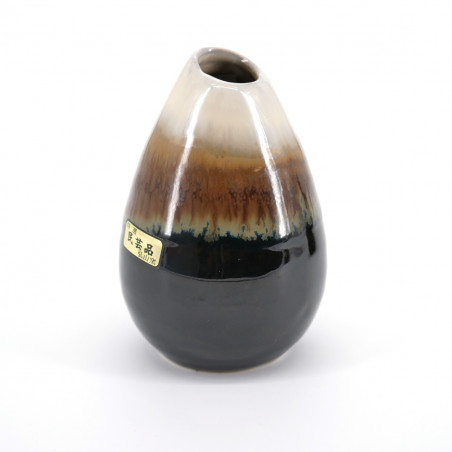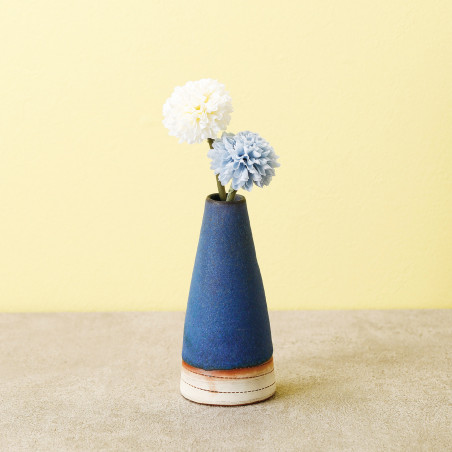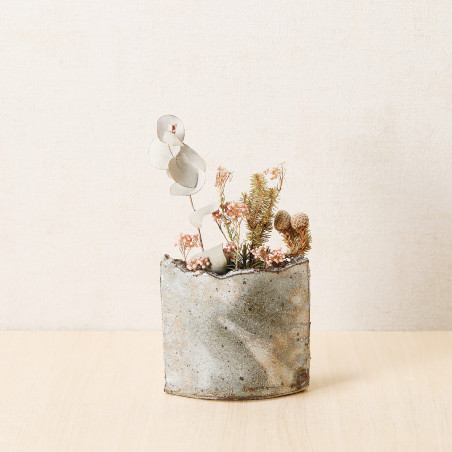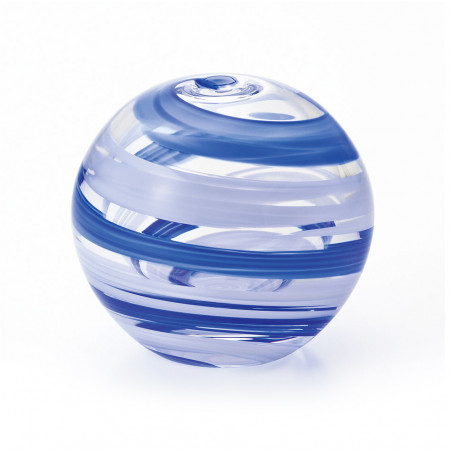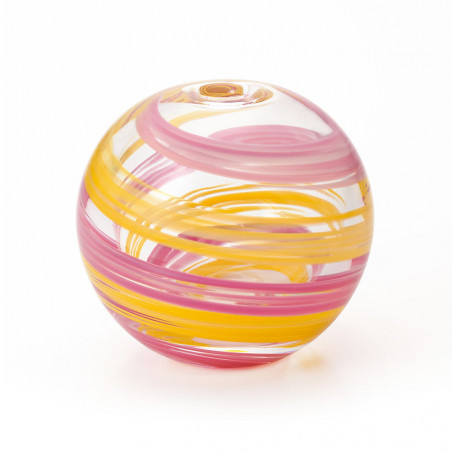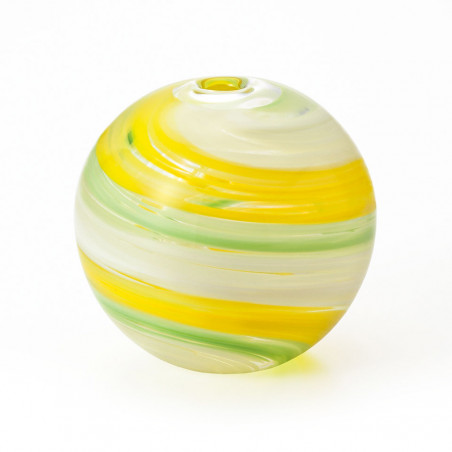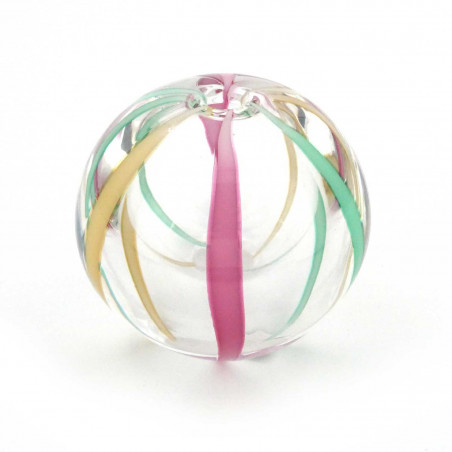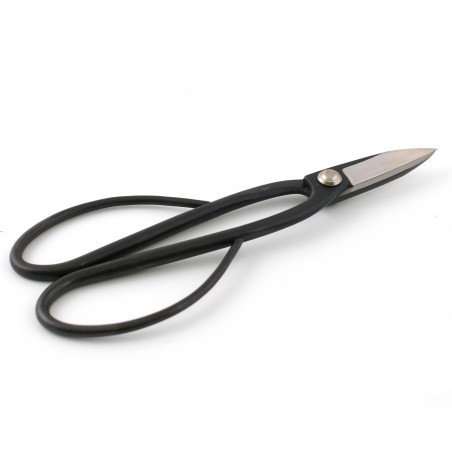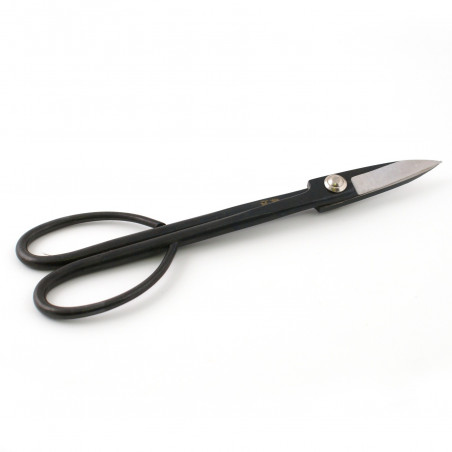Japanese ceramic soliflore vase, black, brown and beige, MINGEI HANABIN
| Diameter | 6,4 cm |
|---|---|
| Compositions | ceramic |
| Packing | Packaged in a cardboard box |
| Product origin | made in Japan |
| Height | 10,1 cm |
Delivery delay :
2 to 4 working days for France, Belgium and Switzerland.
3 to 6 working days for other countries in Europe
5 to 9 working days for the French Overseas Territories, Canada and other countries.
This item is shipped from our warehouse in France. More details on delivery by clicking here.
Ikebana (生 け 花), also known as kadō (華 道 / 花道), "the way of flowers" or "the art of bringing flowers to life", is a traditional Japanese art based on floral arrangement.
Like the tea ceremony and calligraphy, ikebana was one of the arts that women traditionally studied at school in order to marry. Today, flower arrangements are considered one of the three traditional Japanese arts (along with kōdō and the tea ceremony). Ikebana is practiced on many occasions, such as festivals and ceremonies, and its teaching has continued to spread among many of our contemporaries, interested in the tradition, art and culture of Japan.
Each school has its own styles and some classic styles can be found in several schools, but with different names.
Rikka (立 花);
Seika or shōka (活 花 / 生 花);
Swim (投 げ 入 れ) or cha-bana (茶花).
Moribana (盛 り 花);
Shizenka (自然 花, sometimes spelled chizenka);
Jiyūka (自由 花, sometimes spelled djyuka);
Shinseika (新生 花).

